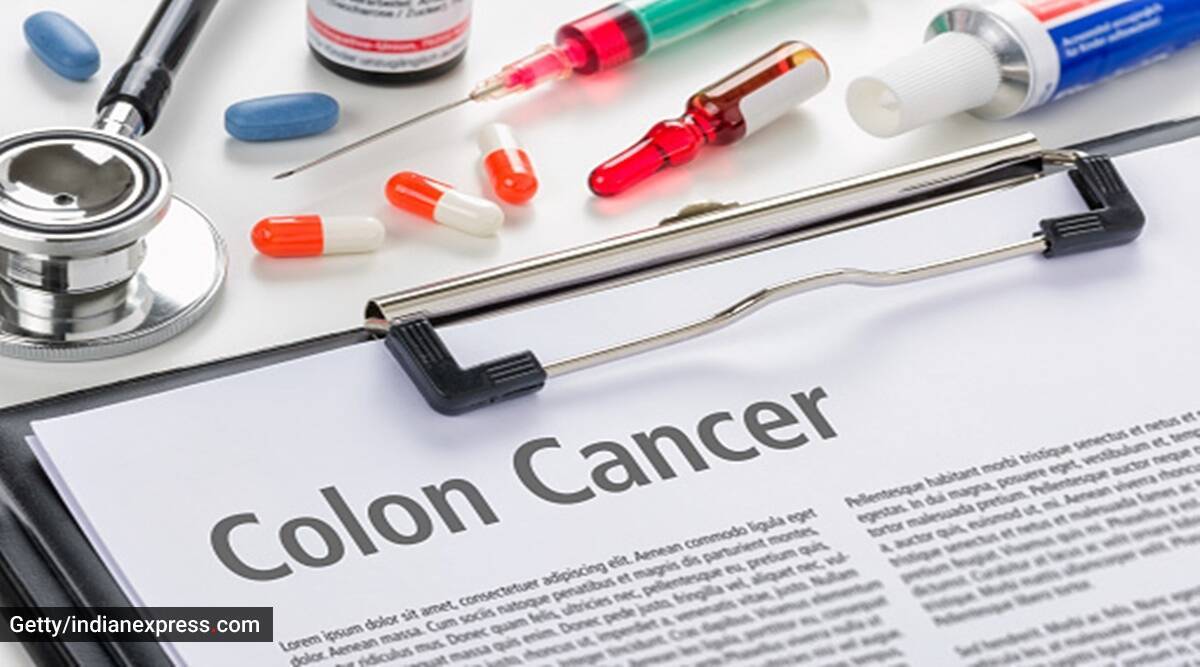
5 minutes, 45 seconds
-3.4K Views 0 Comments 0 Likes

You're doubled over from pain that is novel, distinct, and persistent and can’t get rid of it. We don't want to think about cancer, but pain is a powerful means for our bodies to communicate with us. Are we paying attention? Because that ache could be a symptom of something as dangerous as colon cancer, even if it's only a strain or something we ate. Let's speak about how to recognize the difference between a true red flag and a false alarm because persons with this disease experience pain and symptoms differently.
Pain is both a personal and a universal sensation. Every now and then, we all experience pain. But when do we need to be concerned? Seek medical help if the discomfort persists or becomes recurring. The duration varies, but it's two to four weeks of the same type of pain, and you should consult a doctor to rule out anything dangerous.
Colon cancer may not present any symptoms in its early stages, which is why screening colonoscopies are so crucial. Excruciating stomach pain in one location or throughout the abdomen can be a common red flag if it's widespread.
Gas pains can strike anyone at any time. Eating high-fiber foods (like beans), drinking carbonated beverages (like beer), and even chewing gum can induce them (swallowing too much air is the culprit there). Flatulence can be caused by a variety of factors, including food intolerances and chronic intestinal illnesses. Another possibility is colon cancer. It can delay the colon and induce gas accumulation by altering intestinal motility. Because gas is such a frequent symptom that isn't related to cancer, consult your doctor if it persists and you don't know why.
Pain from colon cancer is frequently accompanied by other indications of the disease, such as anemia, exhaustion, unexplained weight loss, weakness, and, most importantly, stool alterations. Rectal bleeding or blood in the feces are two examples. It's possible that the bleeding is linked to colon cancer if it's accompanied by pain. It could also be related to anything less serious, which is why you should seek the advice of your healthcare provider.
Irritable bowel disease (IBD) and colon cancer have a lot of similarities in terms of symptoms, and IBD puts you at a higher risk of colon cancer. This is crucial: If you have IBD, talk to your doctor about your cancer screening needs.
One of the possible causes of pelvic pain can be colon cancer. Pelvic pain often occurs due to gynecological or bladder problems, however, it’s also a common sign of colorectal cancer in both men and women.
When colon cancer is "localized," or close to where it began, it can produce pain or pressure in the surrounding area, particularly in cases of tumors in or near the rectum. You may experience discomfort in other locations that you don't link with colon cancer, as the cancer spreads to regional portions and, subsequently, distant parts of the body.
Add these to the list of pains in the back, shoulder, and other body parts that you might not expect from colon cancer. This may occur as a result of the cancer's spread. This may appear frightening, yet it is actually beneficial in the detection of cancer. You may get pain in your right upper abdomen or right shoulder if colon cancer has spread to the liver. It's not cancer in the shoulder, but if the liver is full of tumors, nerve connections might cause a phenomenon known as referred pain. Back pain can also be caused by a bone infection.
You may have heard that bone pain can emerge in the late stages of cancer, and colon cancer is no exception. This discomfort can be a mild ache or a sharp pain. The spine and hips are two bones that are commonly impacted.


